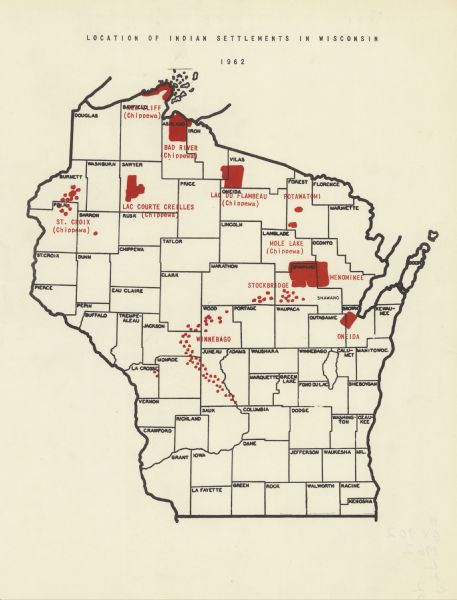OBJECT HISTORY: Earlene Fuller’s Bowling Shirt
This shirt, which features an African kente cloth print, was designed, made and worn in the mid-1990s by Milwaukee's Earlene Fuller, an African American bowler and seamstress.
This shirt, which features an African kente cloth print, was designed, made and worn in the mid-1990s by Milwaukee's Earlene Fuller, an African American bowler and seamstress.

Some histories are not as straightforward as others, especially when cultures collide. It may come as no surprise that stories about the interactions between Native Americans and white settlers are sometimes one-sided. We can partly attribute this to the European tradition of…
Although Sheboygan and Milwaukee are only 55 minutes apart by car today, the two cities on the west coast of Lake Michigan remained largely separate in 1900 when they both competed to become the industrial capital of Wisconsin. Through the latter half of the 19th century and the first half of the 20th century, the industrialization process in both cities was shaped by an increase in Jewish immigration to the region.
Today the largest Jewish communities in Wisconsin exist in the cities with the highest populations. This, however, was not always the case. Around 1900, there were many new and budding Jewish communities across the state in places like Sheboygan, La Crosse, and Eau Claire. There were also smaller, rural communities emerging like the Arpin Settlement in Wood County.
Since the earliest settlers arrived in the Whitewater area in the 1830s, industry and manufacturing have played important roles in the establishment and continued growth of the area.One of the earliest industries in Whitewater was grain milling, performed at the Old Stone…
As the United States entered World War II in 1941, the war’s impact on American culture was felt far and wide. Aside from the obvious strains on economic and industrial production, American recreation was temporarily put on hold. This included much of…